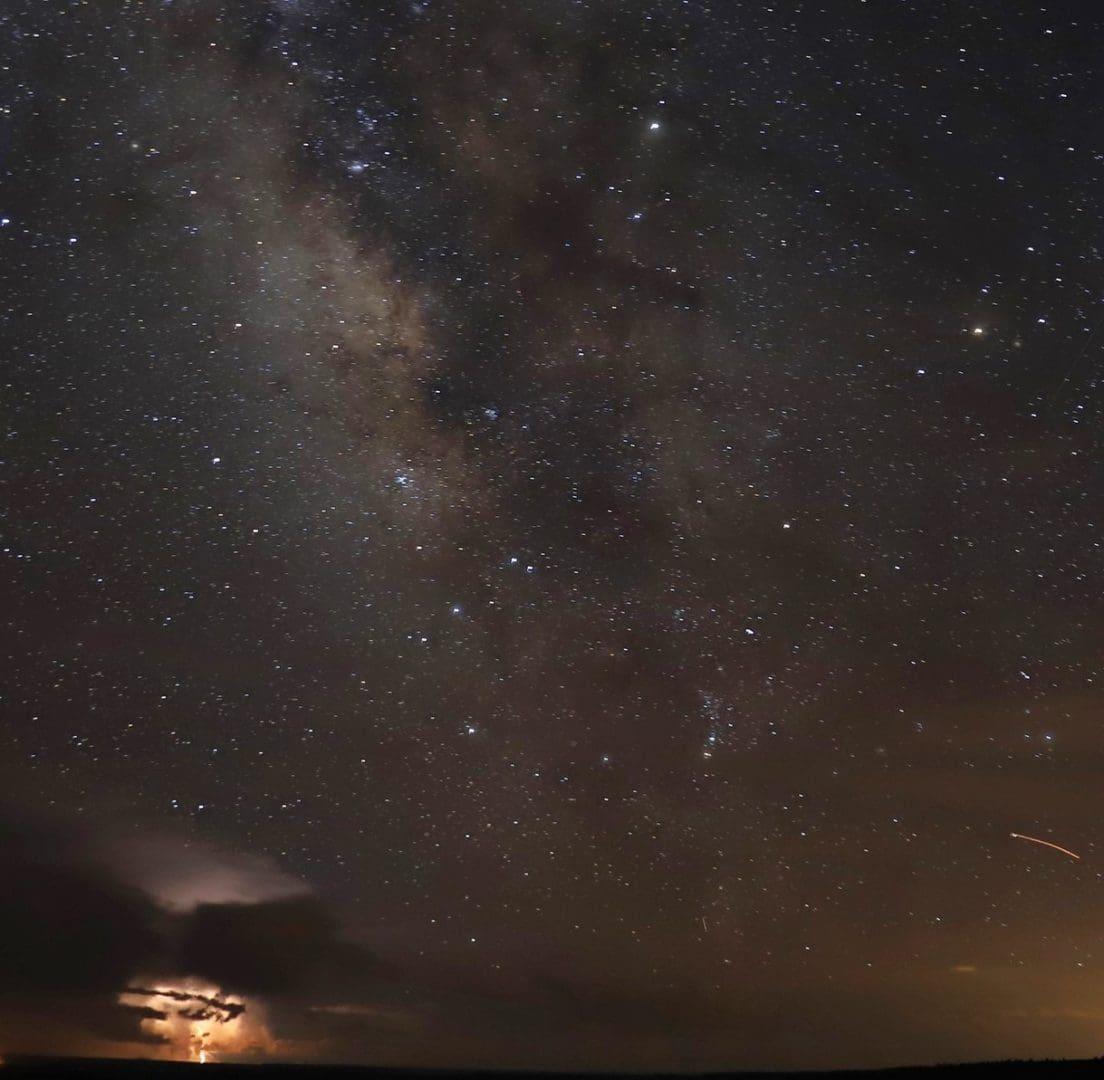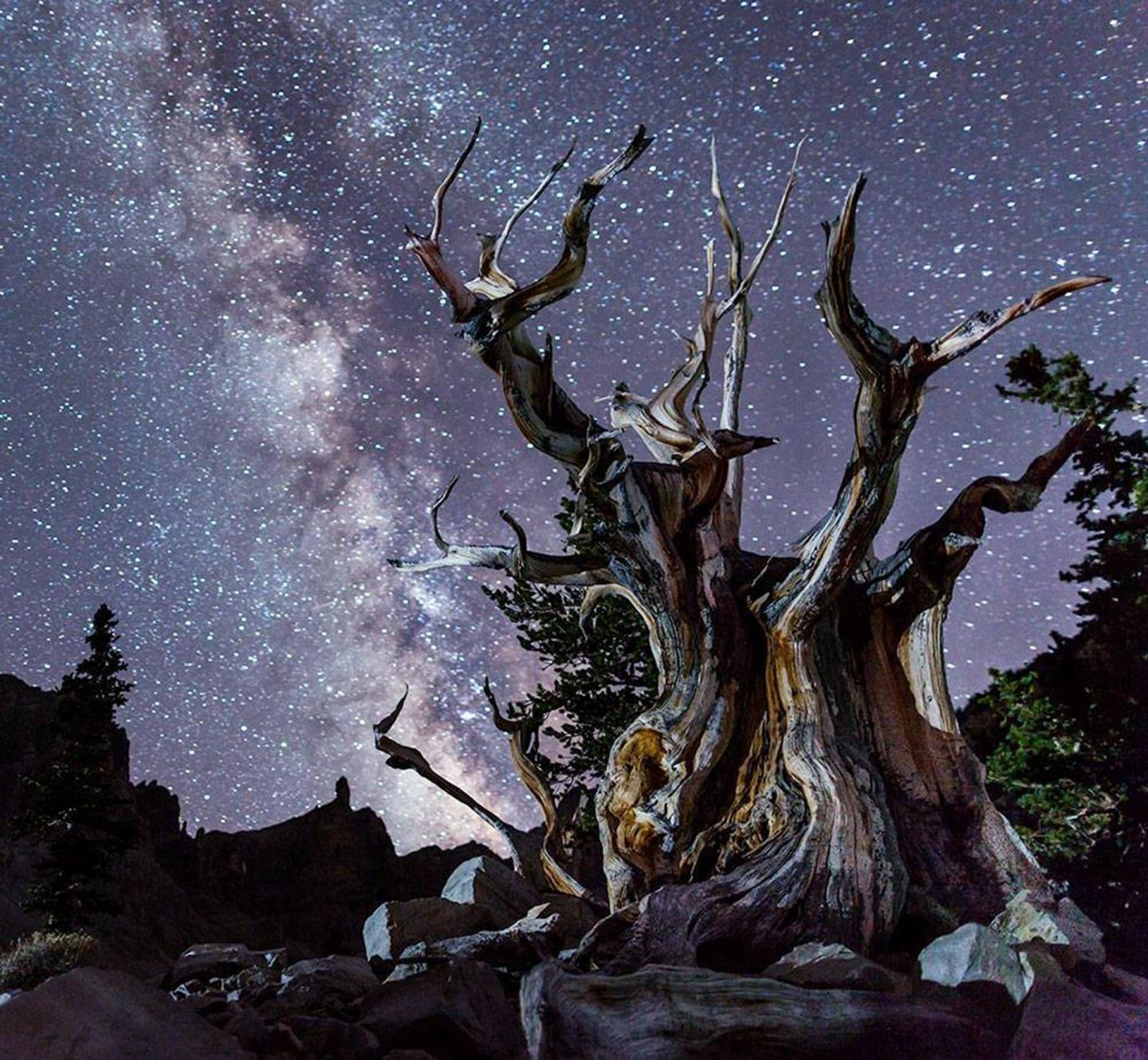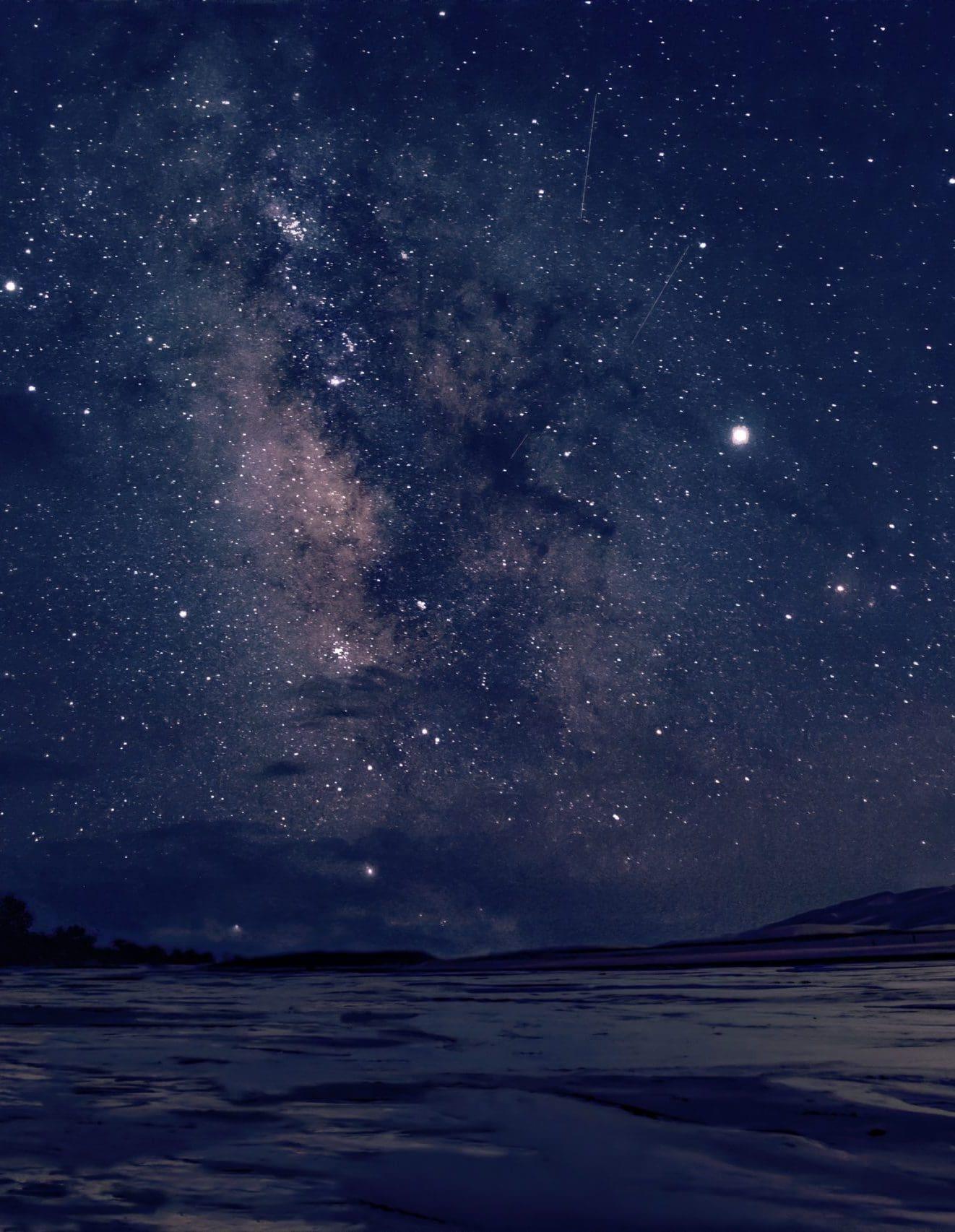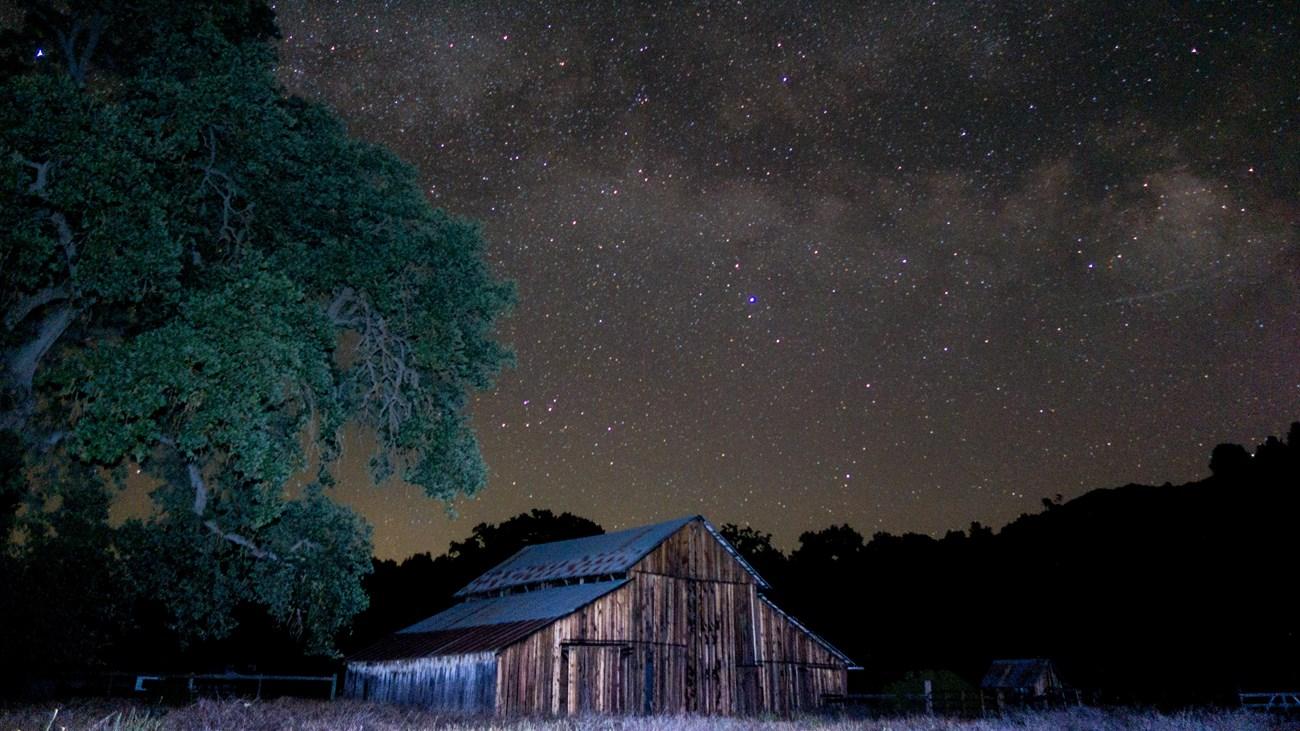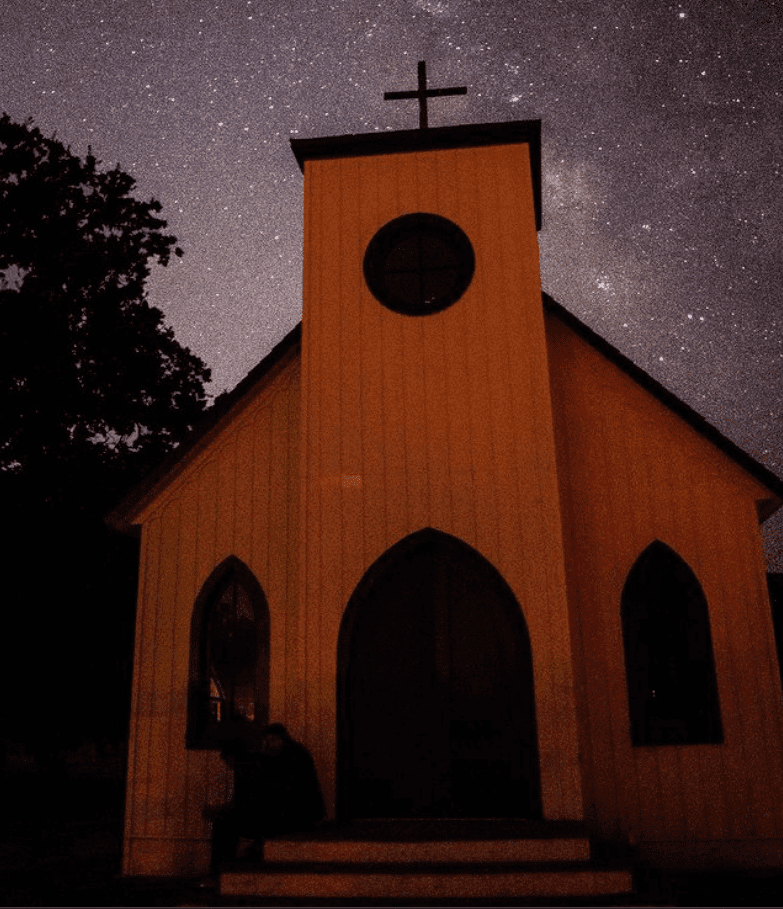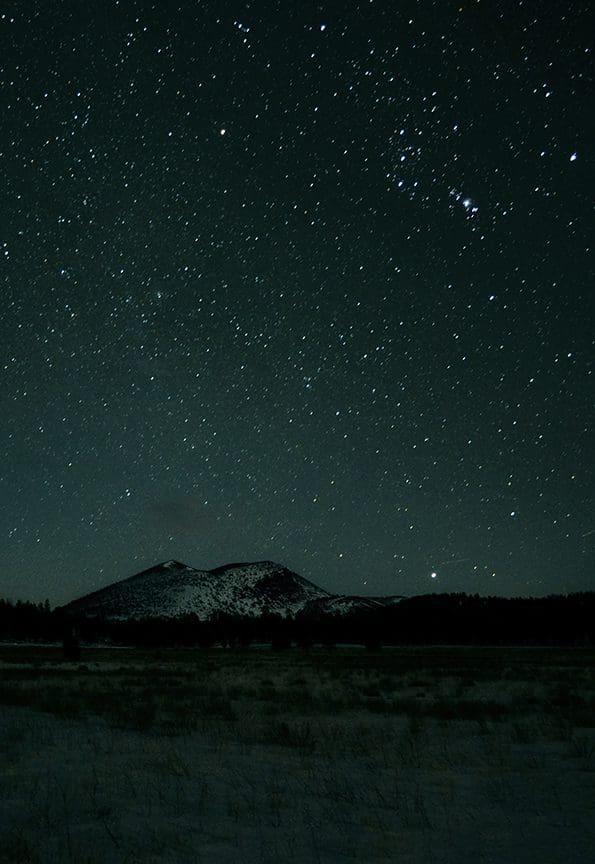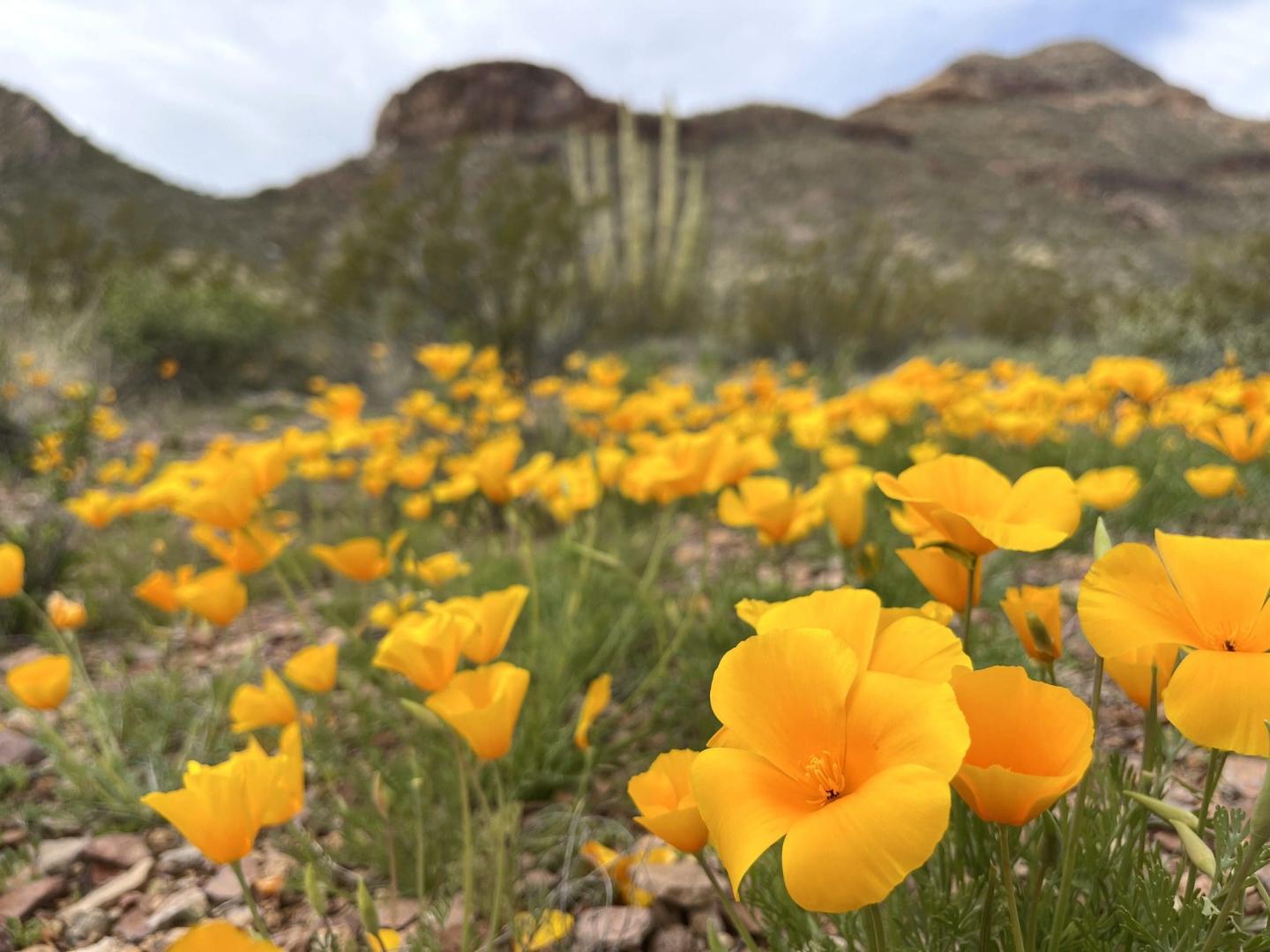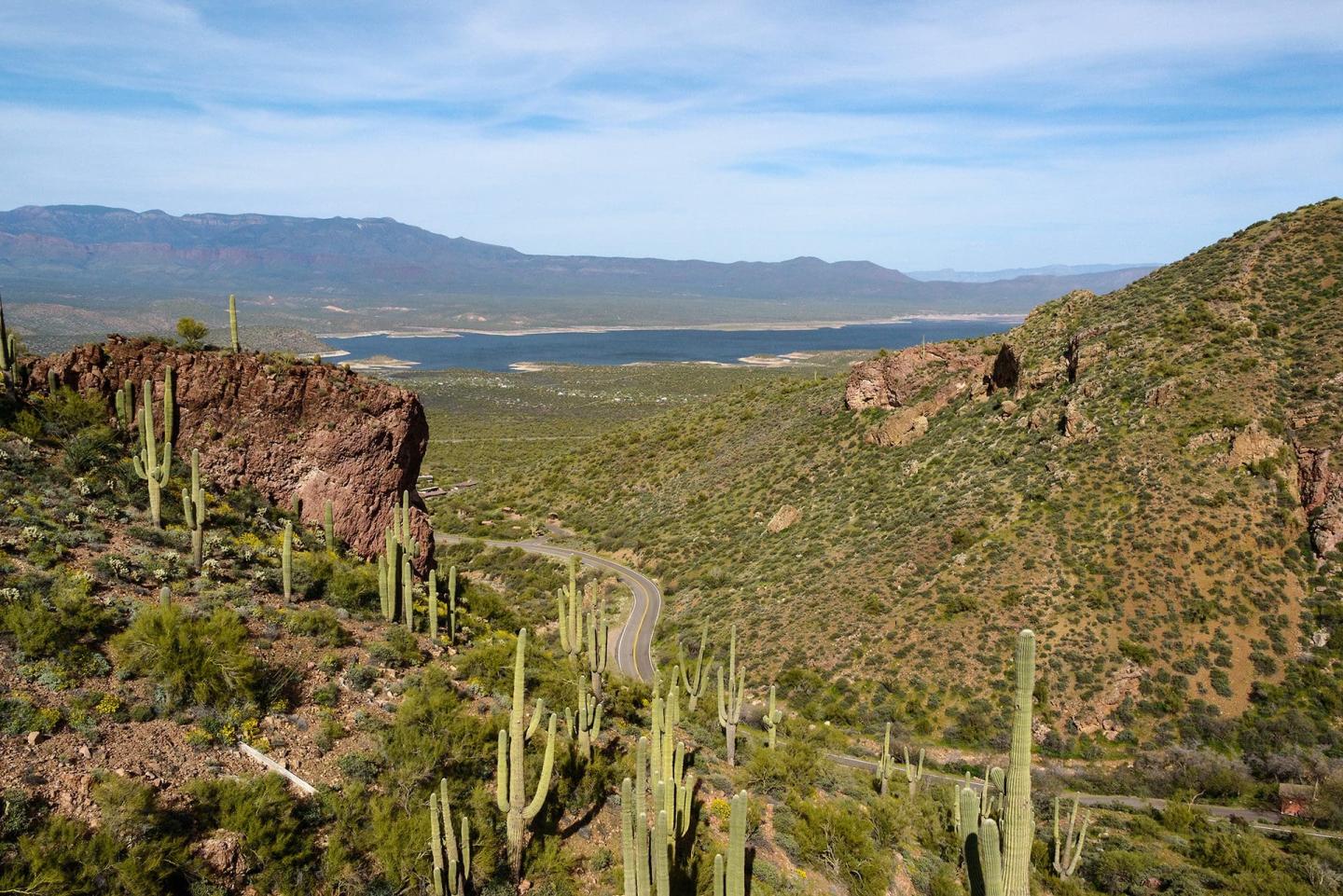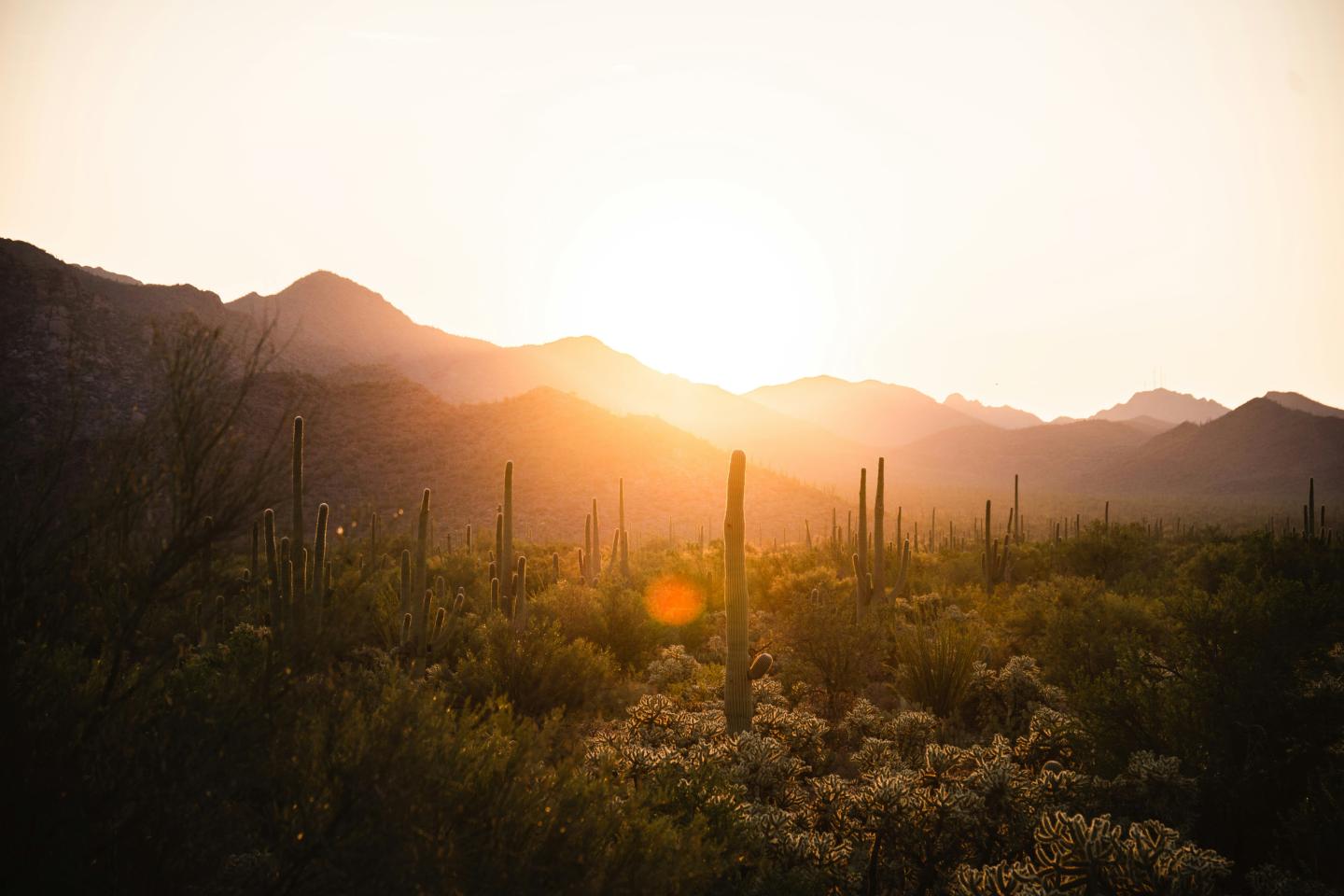
The best national parks to watch the Perseid Meteor shower
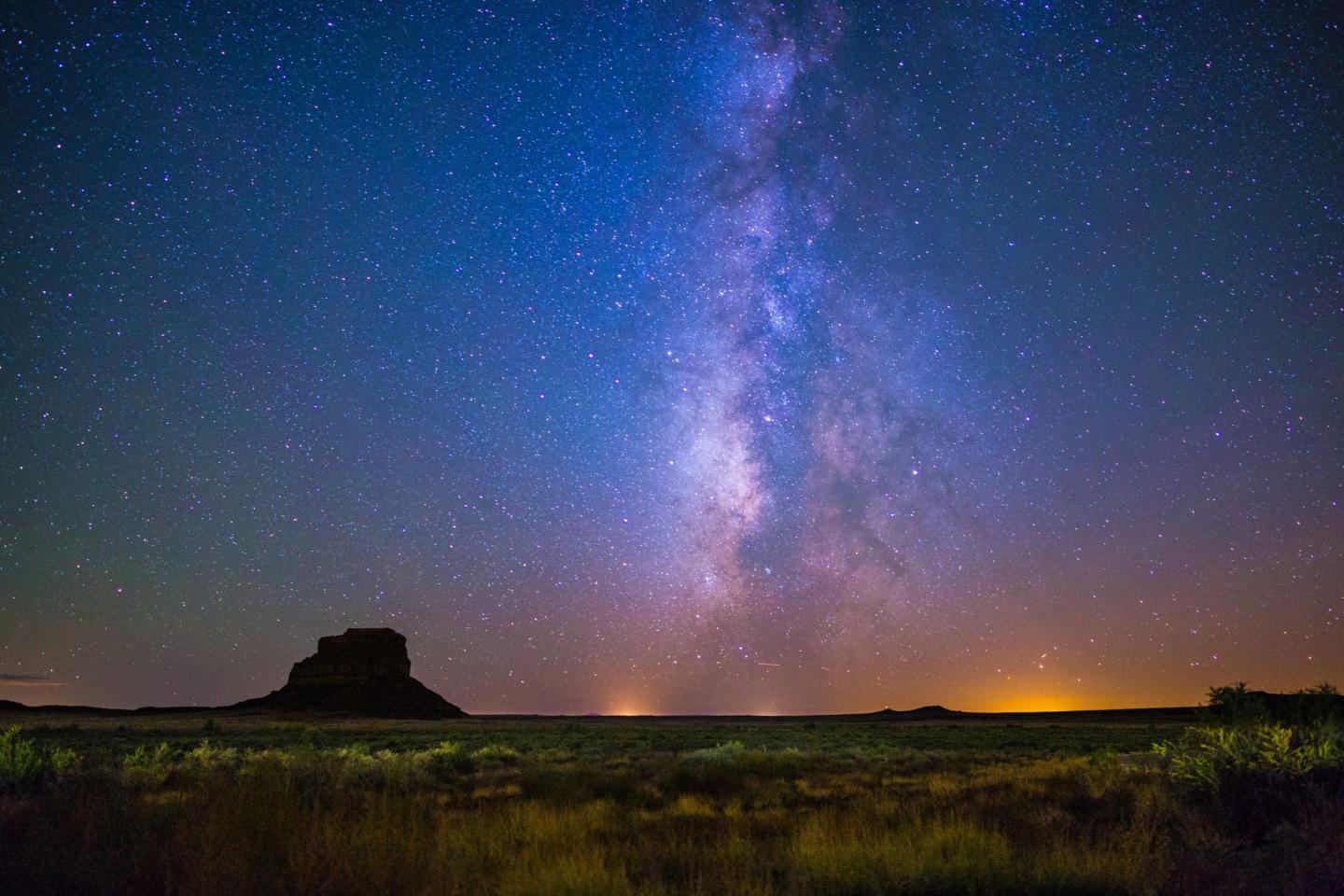
The Perseid meteor shower is one of the most spectacular celestial events visible from Earth. These meteors are fragments from the comet Swift-Tuttle, which last passed through the inner solar system in 1992. As Earth passes through the debris trail left by the comet, tiny particles enter our atmosphere at high speeds, burning up and creating bright streaks of light across the sky.
While the Perseids are one of the most famous meteor showers, you can also enjoy other "shooting star" events throughout the year. And see the Milky Way overhead in a dark sky park is always an awe-inspiring moment, no matter what the season.
Read on to explore tips and destinations for having a stellar stargazing experience.
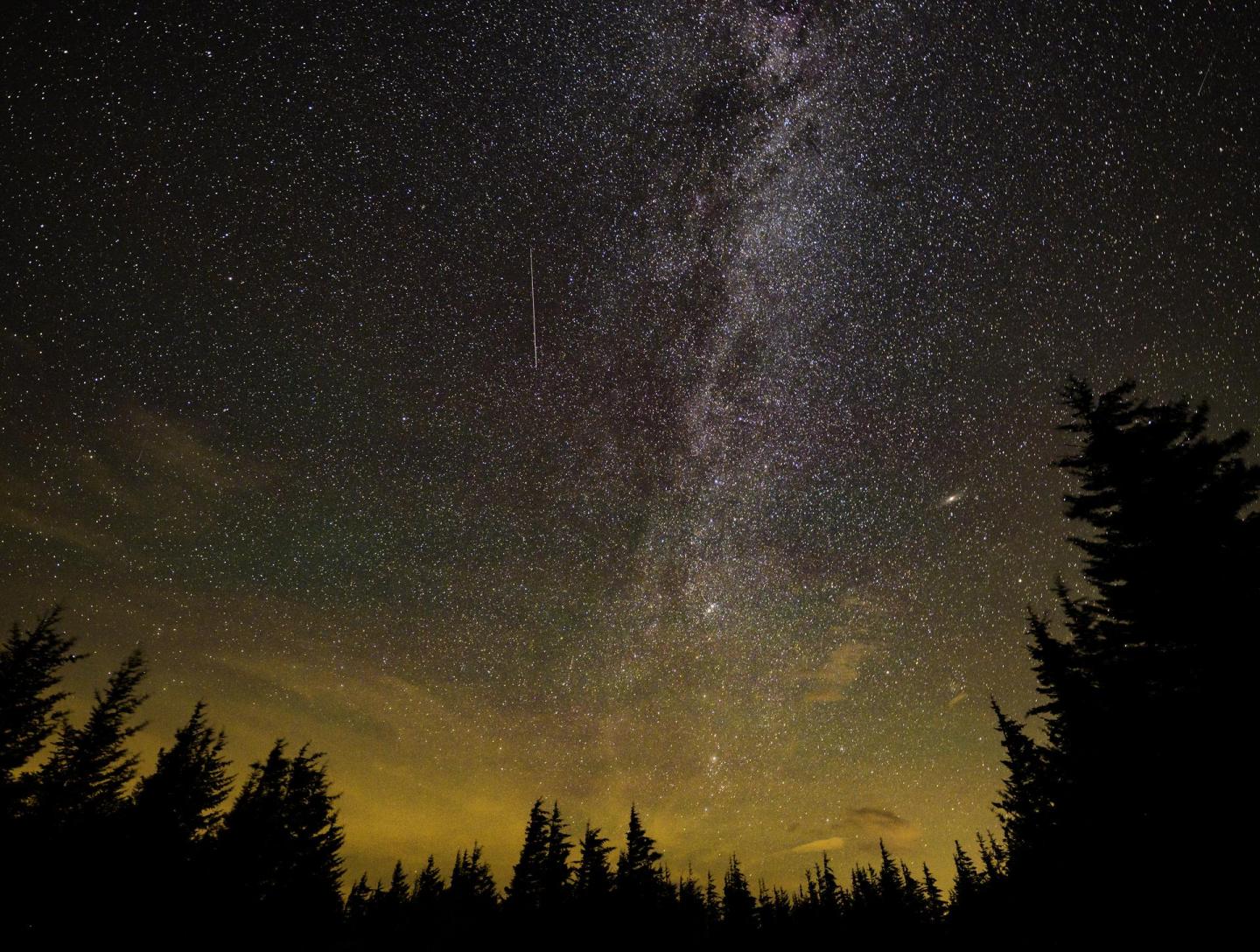
How and where can I watch the Perseid meteor shower?
The Perseids are renowned for their reliability and intensity, often producing bright, fast meteors with long trails. Occurring annually between mid-July and late August, the Perseids peak in mid-August, when skywatchers can witness up to 100 meteors per hour. For those seeking the ultimate stargazing experience, there’s no better place than the vast, protected skies of the United States' national parks. While the Perseids are visible to the naked eye from locations across the northern hemisphere, the more remote skies preserved in national parks make some of the best locales to view and photograph the meteors.
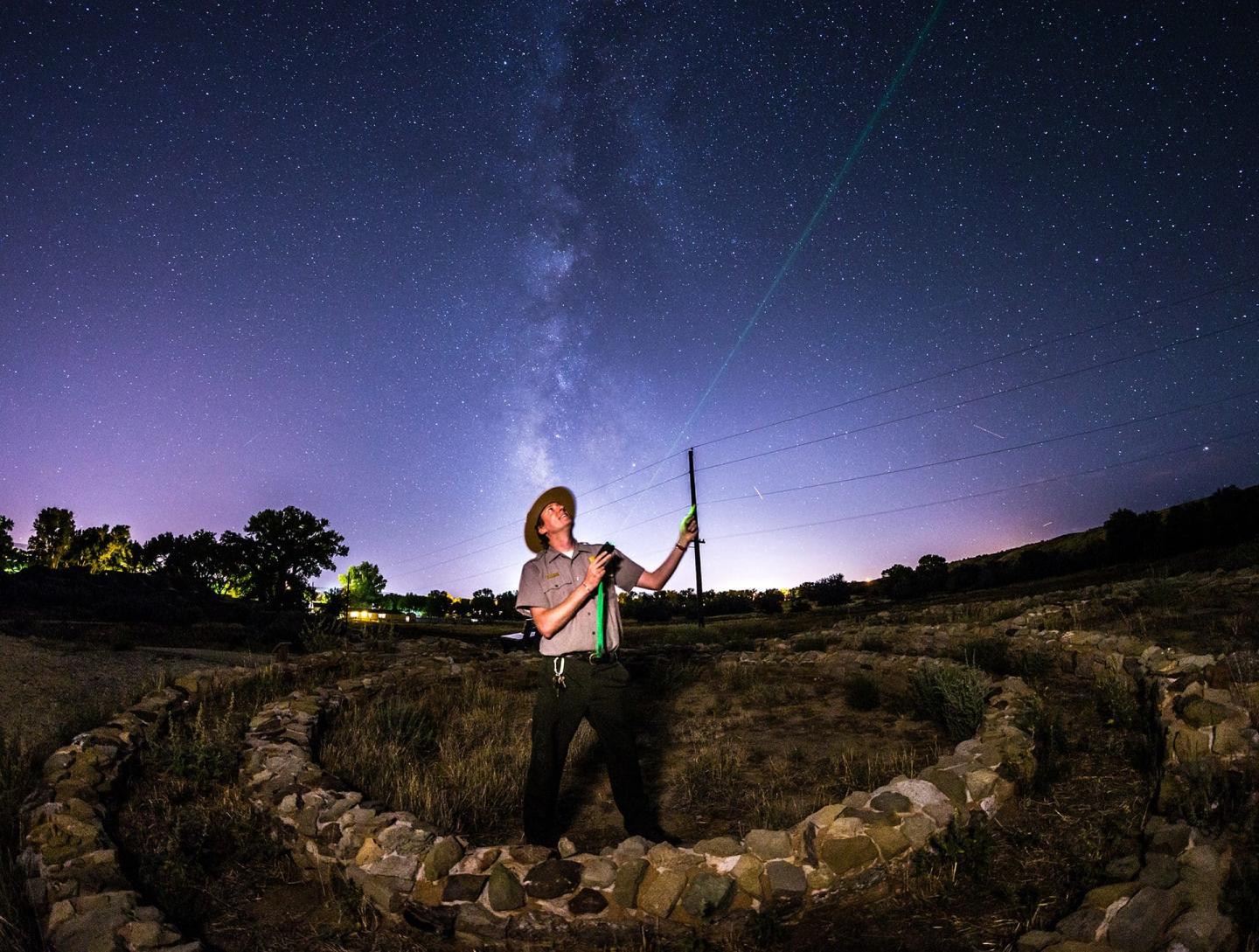
Tips for an out of this world stargazing experience
- Plan around the moon phases, as the meteor shower is best viewed near a new moon.
- Arrive before sunset to explore the park and set up your stargazing spot.
- Bring a telescope or binoculars to enhance your night sky viewing experience.
- Dress in layers as temperatures can drop significantly at night, especially at high altitude.
- Use a red light instead of a white one to preserve your night vision.
- Bring a star chart or stargazing app to identify other celestial objects while you wait for the meteor shower to peak.
- Check in advance for ranger-led astronomy programs to enhance your experience.
- Bring plenty of water, snacks, blankets, and reclining chairs for additional comfort.
- Watch the weather and be aware of the most up-to-date alerts from nps.gov.
- If camping, check for availability and book your campsite ahead of time on recreation.gov.
The Perseid meteor shower is a perfect reason to visit and explore America’s national parks. Whether you choose the rocky landscapes of Pinnacles, the high elevations of Great Basin, the surreal dunes of Great Sand Dunes, the volcanic terrain of Sunset Crater, the accessible beauty of Santa Monica Mountains, or the historical setting of Fort Union, you’re in for an unforgettable experience. And, with so many parks to choose from, you can discover even more places near you with clear and protected skies.



